Ivan Miguel Pires
An Efficient Data Imputation Technique for Human Activity Recognition
Jul 08, 2020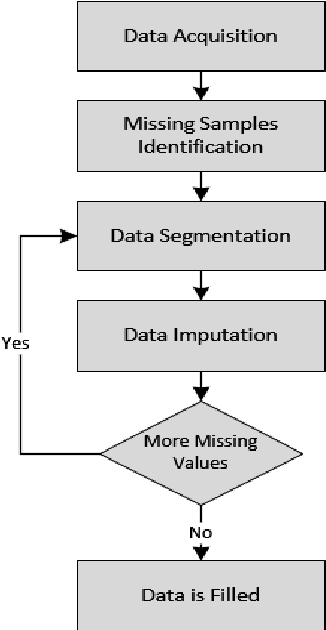

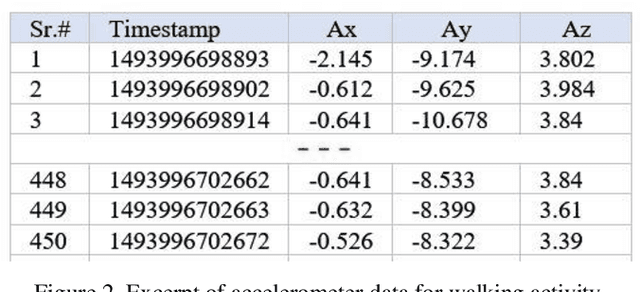
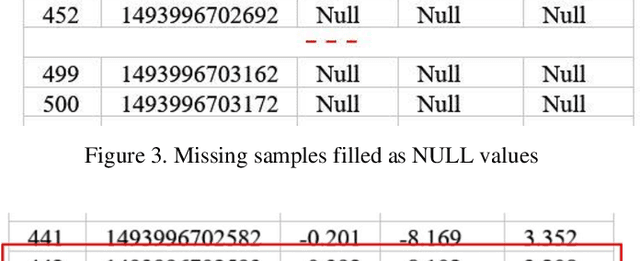
Abstract:The tremendous applications of human activity recognition are surging its span from health monitoring systems to virtual reality applications. Thus, the automatic recognition of daily life activities has become significant for numerous applications. In recent years, many datasets have been proposed to train the machine learning models for efficient monitoring and recognition of human daily living activities. However, the performance of machine learning models in activity recognition is crucially affected when there are incomplete activities in a dataset, i.e., having missing samples in dataset captures. Therefore, in this work, we propose a methodology for extrapolating the missing samples of a dataset to better recognize the human daily living activities. The proposed method efficiently pre-processes the data captures and utilizes the k-Nearest Neighbors (KNN) imputation technique to extrapolate the missing samples in dataset captures. The proposed methodology elegantly extrapolated a similar pattern of activities as they were in the real dataset.
An Efficient Machine Learning-based Elderly Fall Detection Algorithm
Nov 27, 2019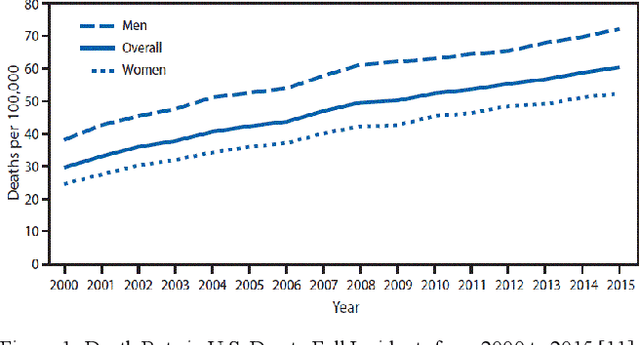
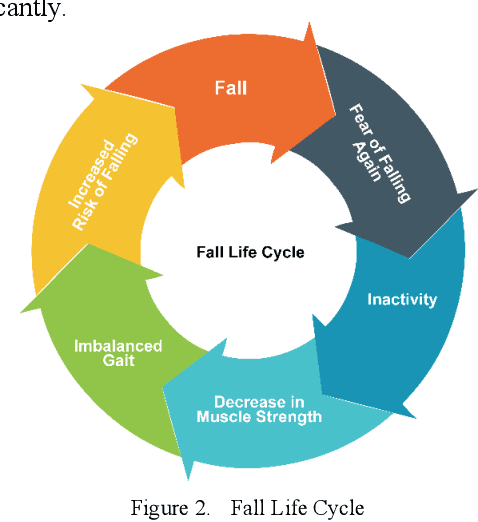
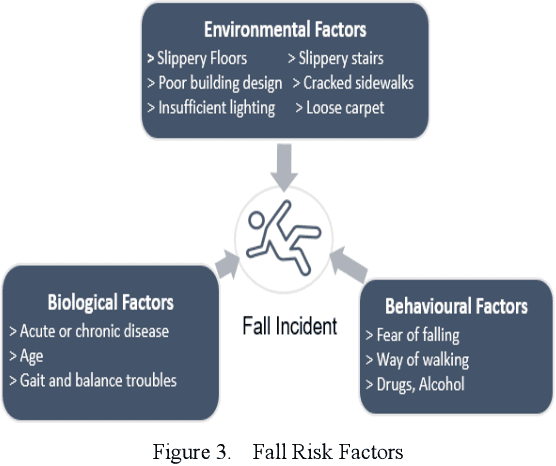
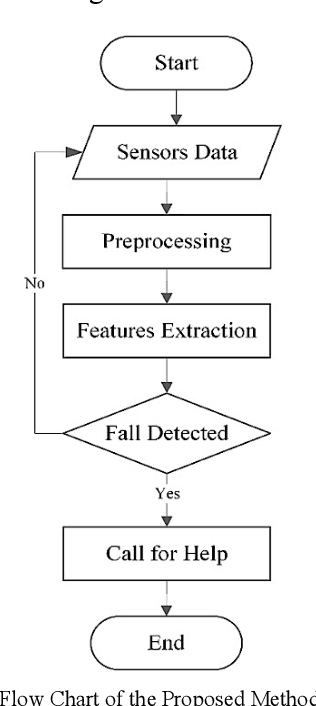
Abstract:Falling is a commonly occurring mishap with elderly people, which may cause serious injuries. Thus, rapid fall detection is very important in order to mitigate the severe effects of fall among the elderly people. Many fall monitoring systems based on the accelerometer have been proposed for the fall detection. However, many of them mistakenly identify the daily life activities as fall or fall as daily life activity. To this aim, an efficient machine learning-based fall detection algorithm has been proposed in this paper. The proposed algorithm detects fall with efficient sensitivity, specificity, and accuracy as compared to the state-of-the-art techniques. A publicly available dataset with a very simple and computationally efficient set of features is used to accurately detect the fall incident. The proposed algorithm reports and accuracy of 99.98% with the Support Vector Machine(SVM) classifier.
Data Fusion on Motion and Magnetic Sensors embedded on Mobile Devices for the Identification of Activities of Daily Living
Oct 31, 2017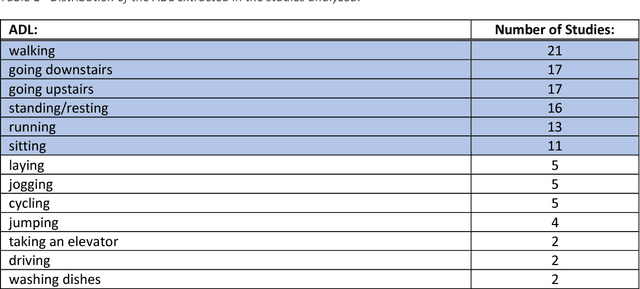
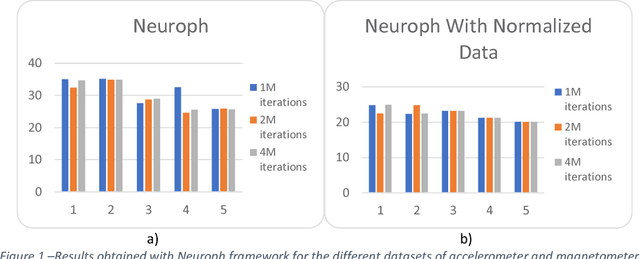
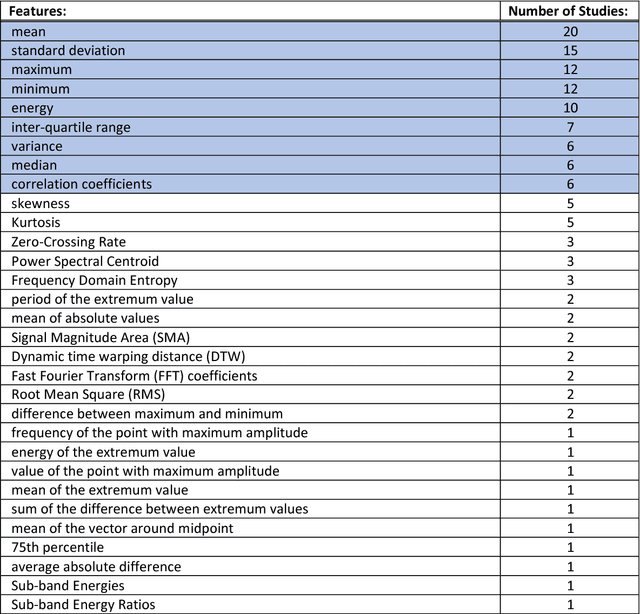
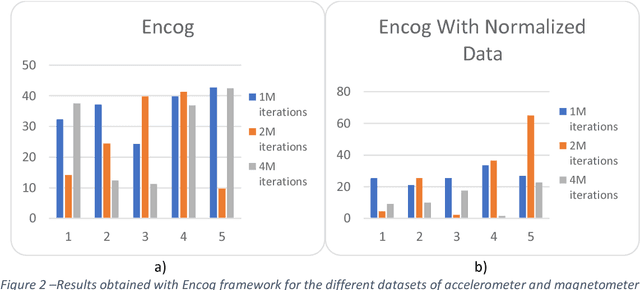
Abstract:Several types of sensors have been available in off-the-shelf mobile devices, including motion, magnetic, vision, acoustic, and location sensors. This paper focuses on the fusion of the data acquired from motion and magnetic sensors, i.e., accelerometer, gyroscope and magnetometer sensors, for the recognition of Activities of Daily Living (ADL) using pattern recognition techniques. The system developed in this study includes data acquisition, data processing, data fusion, and artificial intelligence methods. Artificial Neural Networks (ANN) are included in artificial intelligence methods, which are used in this study for the recognition of ADL. The purpose of this study is the creation of a new method using ANN for the identification of ADL, comparing three types of ANN, in order to achieve results with a reliable accuracy. The best accuracy was obtained with Deep Learning, which, after the application of the L2 regularization and normalization techniques on the sensors data, reports an accuracy of 89.51%.
 Add to Chrome
Add to Chrome Add to Firefox
Add to Firefox Add to Edge
Add to Edge